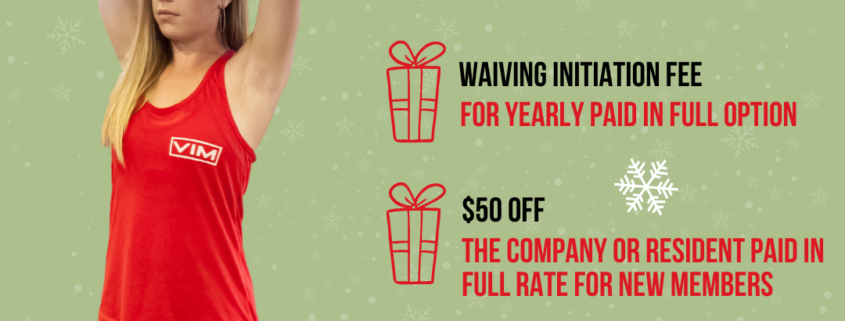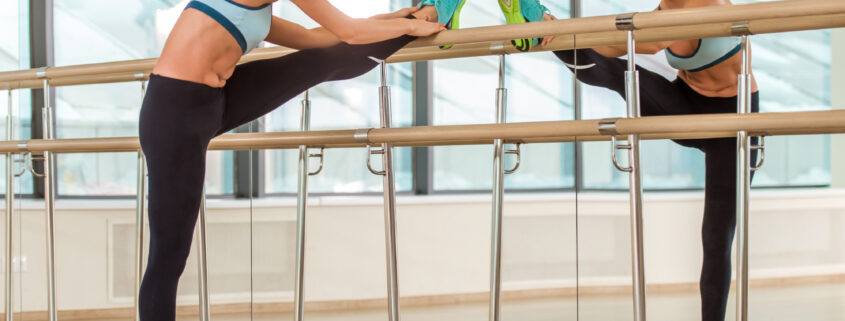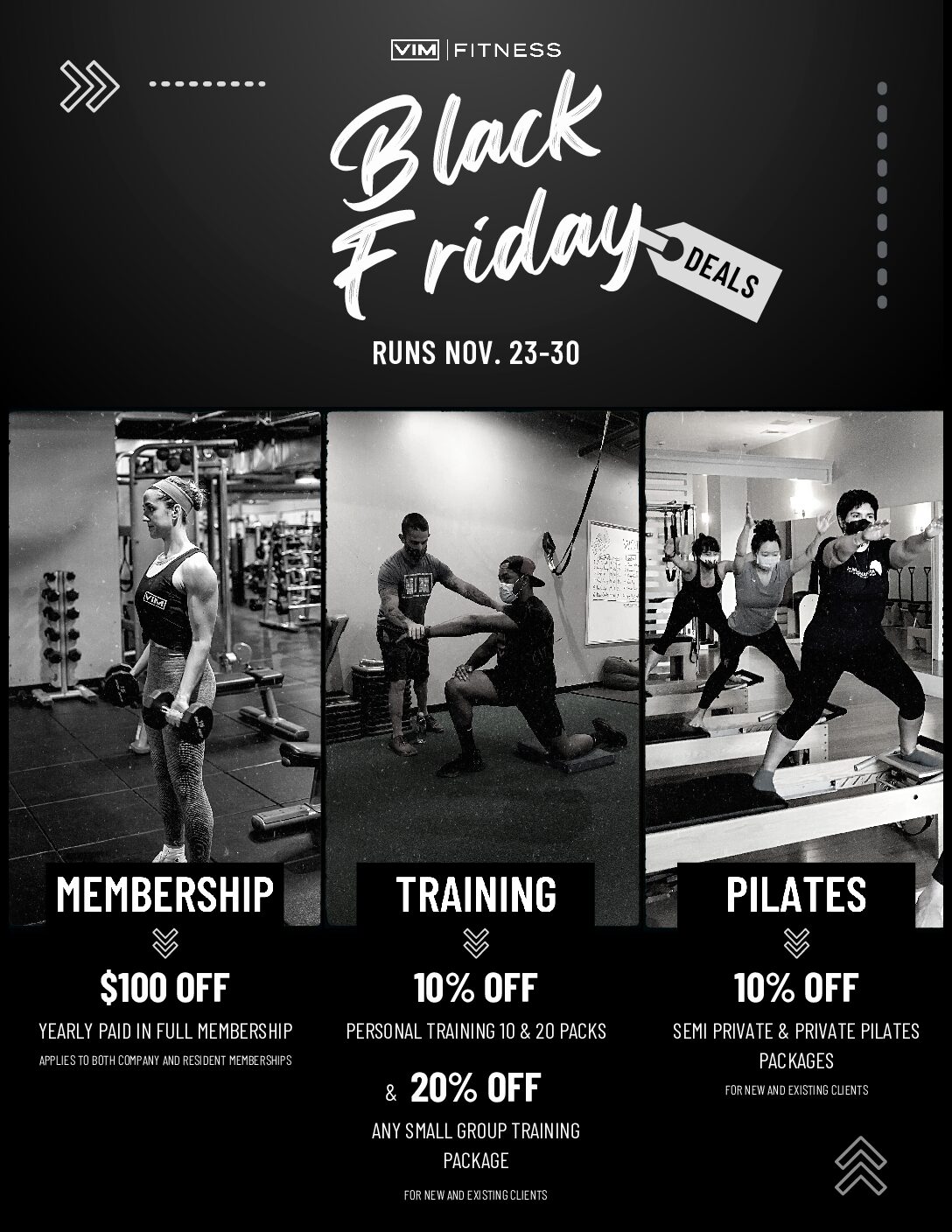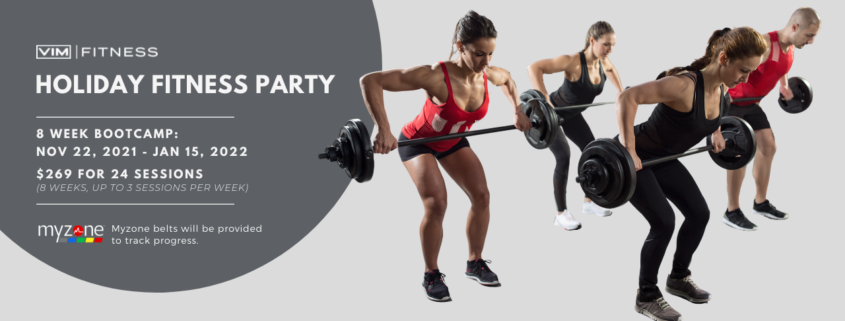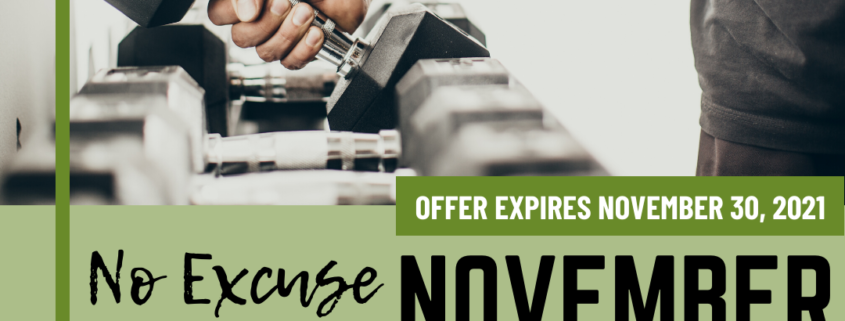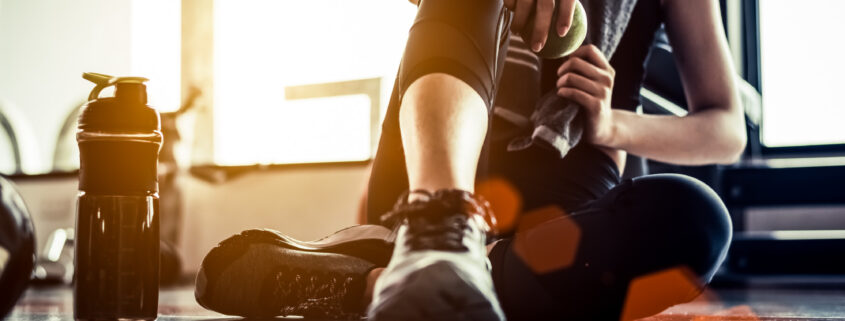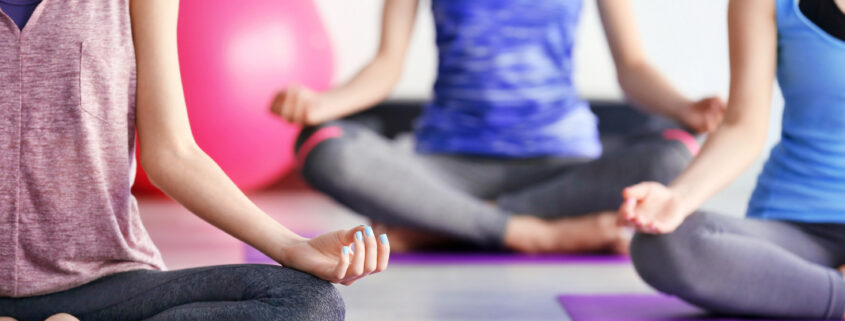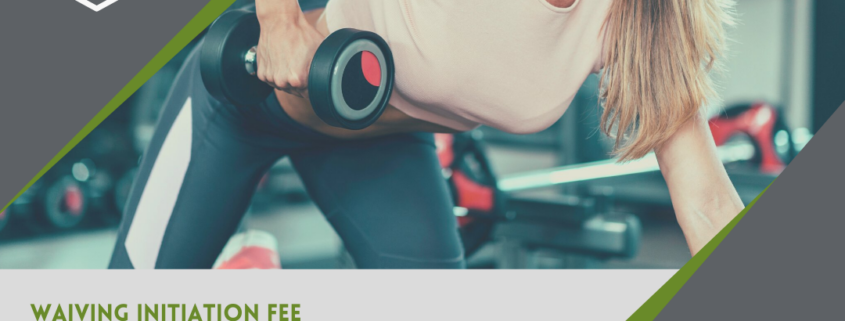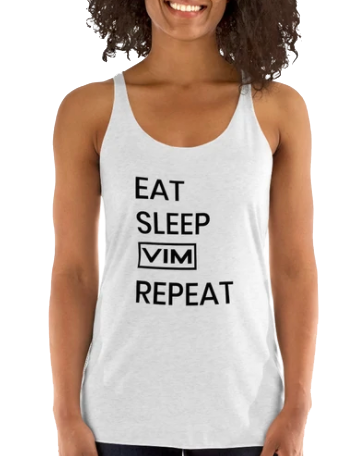Are you planning on setting a fitness-related resolution this year? You’re not alone. In fact, about 95% of New Year’s resolutions are fitness-related.
Only 10% of people think their resolutions will last, though. In fact, about 43% of people give up their New Year’s resolutions by February.
Instead of giving up on your resolutions in 2022, consider trying something new! For example, you can give Barre Fusion classes a try this year.
What exactly is Barre Fusion? How can it help you accomplish your fitness goals? Keep reading to find out!
After reading this guide, you can determine if this is the fitness class for you. Then, you can set a new resolution to work up a sweat! Read on to learn everything you need to know about Barre group classes today.
What is Barre?
First, let’s answer the question that likely brought you here: what is Barre Fusion?
These low-impact strength workouts can boost your:
- Muscle tone
- Posture
- Flexibility
When you look good, you’ll feel good, too! Taking these group glasses could boost your overall wellness and self-confidence as a result.
Barre uses a combination of dance, ballet, functional strength, and mind-body-inspired movements. The exercises require concentration and precision to ensure you experience optimal results. During a class, you can modify each movement to suit your strength or skill levels.
You can find group classes for different expertise levels, too.
A typical class is completed at the ballet barre. Exercises can get your heart pumping to boost your cardiovascular strength. At the same time, you’ll sculpt, tone, and lengthen your muscles.
Before signing up for a course, consider your specific fitness goals. Barre is ideal if you want to improve your flexibility, strength, and posture.
If you already focus on strength training, a class could help you strengthen and lengthen those muscles.
Barre will also help improve your mobility and core strength. Though it’s a low-impact class, it’s also fast-paced. It’s ideal for all ages and fitness levels.
Though Barre is ballet-inspired, you won’t need to have experience as a ballerina to perform these exercises. Barre is safe, fun, and effective as well.
Some classes involve mat-based warm-ups and core-focused sessions as well. You’ll complete lower body isometric exercises at the bar, too.
Repeating the same small movements over time will help you build your endurance. You can strengthen muscles without the risk of ligament or tendon strains.
What Are the Benefits?
Remember, Barre Fusion classes can help sculpt, tone, and lengthen your muscles. It can also get your heart pumping to improve your cardiovascular strength. Other benefits include:
- Improving your fitness level
- Improving your posture
- Burning calories
- Reducing stress levels
- Improving your flexibility
Flexibility can decrease as you get older. These classes could help.
In some classes, you’ll use a barre and your body weight for each rep. These exercises will help improve your muscle endurance.
Other exercises incorporate additional tools, including:
- Sliders
- Ankle weights
- Free weights
- Resistance bands
- Exercise balls
Workouts are broken into different sections, allowing you to focus on different major muscle groups. These group classes can strengthen your arms, glutes, legs, and core.
The muscles within these core groups are fatigued through small, targeted movements. A higher number of repetitions with light resistance can strengthen each area.
Despite the lighter weights, you will feel your muscles burning after a session.
Parts of each class are also paired with stretching. These stretches can further improve your overall strength.
If you’re searching for group classes that can improve your flexibility, consider giving Barre Fusion a try.
Most classes keep the movements slow and steady. However, there are different types of “fusion” sessions available. Each group class can accomplish different goals.
For example, some classes combine traditional barre moves with interval training. You could boost your heart rate to get in a cardio session.
Some classes incorporate weights and resistance tools. These group classes are ideal for improving your overall strength.
You’ll also improve your endurance, balance, range of motion, and posture. In fact, these classes can even support weight management. You can sculpt a stronger, more defined core at the same time, too!
Tips Before Class
Barre classes are beginner-friendly. They’re also easily adaptable for different skill sets and ability levels. However, it’s important to note that classes move quickly.
Some first-timers also find sessions challenging.
With that in mind, consider talking to an instructor before class. They could provide you with helpful tips before your first Barre session.
You’ll likely use muscles you never knew you had, too! Don’t worry; you should get the hang of it after three or four classes. Stick with it.
You’ll likely experience results in eight to 10 sessions.
Don’t feel intimidated when trying Barre for the first time. As with any group class, it requires a high level of physical fitness. Stick with it to watch your performance improve over time.
Consider wearing leggings or capris that you’re comfortable in. Pair it with a workout tank or T-shirt. Wearing close-fitting clothing will help your instructor get a better view of your form.
They’ll help by offering advice, allowing you to make the necessary adjustments.
Consider sticky socks to avoid sliding during group classes, too.
Talk to an instructor about the lingo you might hear during a session as well. For example, they might say, “Tuck your tailbone.” If you hear that phrase, draw your abs inward.
Then, roll your hips under slightly, creating a neutral spine. This position can help engage your core.
You might hear “pulse,” too. This phrase means you should move about an inch up and down. These small, controlled movements will ensure your range of motion is more precise.
You’ll have an easier time contracting targeted muscles as a result.
What is Barre Fusion?: Your Guide to Toning Up
To recap, what is Barre Fusion? It’s a fun, low-impact fitness class you can use to tone your body. With multiple sessions, your flexibility, posture, and muscle strength will improve, too.
Consider giving Barre a chance as you set your fitness goals for the year!
Want to give it a try? You’ve come to the right place.
Explore our class schedule today to get started.
About half of American adults plan to abandon their diets around the holidays. Another 41% use the holidays as an excuse to postpone living a healthy lifestyle. You don’t have to abandon your workout or wellness regimen during the holidays, though!
Instead, use these five holiday workout tips to stick with your fitness goals this season.
With these tips, you can keep your health and fitness goals intact while enjoying the holiday season. It’s normal to give in to party-going, feasting, and shopping at the end of the year. The festivities don’t have to impact your health, though.
Instead, learn how to stick with your workout schedule using these five simple tips today.
1. Develop a Schedule
Before the holiday season begins, sit down and start planning your workouts. Try to plan about a week’s worth of workouts. You can plan for more depending on the duration of your trip.
Planning your workouts ahead of time can help you make a holiday workout game plan. You can have visual proof of your plans, too. Documenting your plans will serve as a visual reminder once your vacation begins.
Writing workouts into your schedule can help you recognize you’ve blocked out time for your workouts. Then, you can set out to actually do them.
Consider adding each workout as a calendar reminder on your phone. Then, set an alarm 15 minutes before each workout.
As you begin scheduling out your workouts, try to remain flexible. Think about different times or days of the week you can dedicate to working out. If you have specific plans for the holidays, review your itinerary, too.
For example, you might find it difficult to work out if you’re planning on visiting family. Schedule your workouts first thing in the morning. If any random plans pop up, you won’t have to worry.
You’ll have peace of mind knowing you’ve already completed your fitness regimen for the day.
Have a backup plan in mind for your busier days, too.
2. Exercise First
Taking a week or two off from exercise could erase months of favorable metabolic gains. In fact, gaining just 1% of your body weight could lead to serious complications.
After all, low levels of fitness and physical activity are associated with an increased risk of cardiovascular disease and cancer.
The best way to avoid skipping your workouts is to complete them first thing in the morning. Remember, you won’t have to worry about unforeseen interruptions impacting your workout regimen. You might have more willpower to complete your workout first thing in the morning, too.
Dedicate about 20 to 30 minutes of your morning to exercising. An early workout might even help you fight food cravings throughout the day.
Exercising first will also help you earn your calories. You won’t have to feel as guilty about indulging if you’ve already worked out.
3. Find a Partner
As you begin using these fitness tips, remember: you don’t have to go it alone. Instead, consider recruiting an exercise buddy. Partnering up with someone could help keep you motivated.
Ask friends or family members to attend group classes with you. Working out together could make it more enjoyable. It’s also a productive way to spend time together (especially if you plan on relaxing later).
If you can’t find someone who wants to work out with you, that’s okay. Instead, ask someone to hold you accountable. Have them check in with you once or twice a day.
Having someone hold you accountable could help you avoid skipping a fitness season.
Otherwise, head online or visit the gym to find someone who can hold you accountable. Check social media, too. You’ll find plenty of workout challenges and support networks online you can utilize.
Don’t forget to check fitness-oriented forums or apps like MyFitnessPal or FitBit, too.
4. Look for Seasonal Offerings
The average American gains about 10 pounds during December festivities.
Remember, the holiday festivities don’t have to impact your fitness goals this year. Instead, use them to your advantage.
There are plenty of seasonal promotions available that can help you remain on track during the holiday season. Keep an eye out for specials on class packages, monthly rates, and membership fees. If you plan on working out with a friend, look into coupons for group classes, too.
Whether you’re staying in town or visiting family for the holiday season, research local fitness centers. See if any of them are offering free trial periods you can use during the holidays. You can remain on track with your fitness goals and get the chance to explore a new gym.
Look into each facility’s classes, services, and amenities, too. Exploring new services like a sauna or massage therapist will make it feel like a treat!
5. Plan for Travel
Do you plan on traveling during the holiday season? Make sure you have an easy, convenient workout routine you can utilize.
You don’t have to match the intensity of your usual workout routine, especially on the day you’re traveling. Instead, pick three to five exercises you can complete without equipment. Choose exercises you can complete in small spaces, too.
For example, you might consider:
- Push-ups
- One-legged balance stands
- Walking lunges
- Bicycle crunches
- Supermans
Try completing one to three circuits. You can get a little cardiovascular workout to maintain your endurance and muscular strength.
Otherwise, try squeezing mini-workouts into your day.
Short bursts of activity throughout the day can help you maintain your weight and fitness levels. Try walking as much as you can, too. Keep moving to remain active, especially if you have a long day of sitting around ahead!
Get Pumping: 5 Tips to Help You Stick With Your Holiday Workout
Maintaining your health and fitness regimen during the holiday season shouldn’t feel stressful. Instead, enjoy the season with these five holiday workout tips. With these tips, you can remain active and deck the halls!
Searching for a fitness center that can help you accomplish your workout goals? We can help.
Check out our class schedule today to get started.
On some level, all of us want to invest in the improvement of our physical and mental health. Adopting a regular exercise routine is a great way to accomplish both, but it’s not always easy to find a safe and effective form of exercise for our bodies and goals.
Working with a personal trainer has many proven benefits, including increased motivation and lowered safety risks. However, that doesn’t mean that every personal trainer offers a one-size-fits-all approach.
Choosing a personal trainer is a lot like choosing a diet or choosing a therapist. You want to ensure that the one you’re working with is right for you and your needs.
How can you approach this choice? Read on for eight factors to consider when finding the perfect personal trainer for you.
1. Location
Some of the first few factors we’ll discuss are quite practical and easy to gauge. The first is location.
Where do you want to perform your workouts? Are you looking for a gym you can go to right after work or a gym located closer to your home? Do you want to go to a gym at all or would you prefer working with someone who meets you in your own specified locations?
Our personal trainers will work with you at one of our two facilities, both located in Cambridge, MA.
2. Availability
Once again, here is a practical consideration. There are a few steps that you can take to form a new habit, and one of them is setting realistic intentions. Sure, you might want to start waking up an hour earlier to get your workout in, but is that something you can really see yourself doing?
Find a personal trainer who is available at a time when you are most likely to exercise. Of course, you will want to select a time when you aren’t fulfilling other obligations. However, you will also want to pick a time that you tend to have a decent amount of energy and motivation.
3. Cost
Make sure that you review the costs associated with different personal training sessions. For example, we offer 12 sessions over the course of three months for $319, 24 sessions over the course of three months for $619, and so forth. It’s important that your personal trainer’s rates fit your budget–even if that means making a few changes to your spending habits.
4. Qualifications
One of the biggest benefits of hiring a personal trainer is that you’re working with someone who has extensive knowledge of safe and effective practices. There’s no point in hiring a personal trainer that isn’t qualified in tangible and specific ways.
Make sure that your personal trainer has received both educational and practical fitness training. All of our personal trainers are either exercise physiologists or certified personal trainers. They all hold nationally accredited certifications combined with extensive experience providing hands-on assistance and guidance to clients.
5. Expertise
Here’s where your own preferences and needs really come into play. You may have a general idea of your fitness goals or you may have a very specific plan for what you want to achieve and how you want to achieve it. Take some time to brainstorm or write down your goals and the types of exercise (ie a cardio-heavy routine vs a larger focus on weight lifting) you want to try.
This makes it easier to find the right personal trainer for you. While any good personal trainer has a generalized knowledge of all things fitness-related, they tend to also have a specific area of expertise. This expertise is usually informed by their training as well as their personal training experience, both things you should feel welcome to inquire about.
6. Personality
When reviewing their options for trainers, people tend to underestimate the importance of personality. Admittedly, you may not get a good sense of your personal trainer’s personality until you have your first session with them. Still, you should feel comfortable making a change if your trainer’s personality doesn’t mesh with yours.
Ultimately, a good personal trainer is going to push you out of your comfort zone. However, how they go about doing it and the attitude they have during your workout matters. Some people prefer a heavy dose of positive support while others prefer a tough-love approach and it’s all about knowing what works for you.
7. Exercise Philosophy
Expertise, personality, and exercise philosophy all go hand in hand. It’s easy to confuse exercise philosophy with personality, but they’re not quite the same thing. By reading online reviews and asking different personal trainers questions before signing up, you can start to learn more about their exercise philosophy.
Do they prefer to have their clients focus on one specific thing until it’s mastered? Do they prefer to change things up throughout the month to keep things fresh and exciting? What do they hope to teach their clients and how do they intend to pass on that knowledge?
8. Risk Assessment
One of the biggest jobs a personal trainer has is keeping clients safe. They can only do this by learning more about each client’s health history, potential risk factors, and physical needs.
If you find that your personal trainer is taking a one-size-fits-all approach and pushing you to perform tasks that aren’t safe for your body, it’s time to stop. Talk to us, instead, and find a personal trainer that will always take risk assessment into consideration.
Be Selective When Choosing a Personal Trainer
People often assume that any personal trainer can help them achieve their health and fitness goals. The truth is that you want to approach choosing a personal trainer with several considerations in mind. Don’t be afraid to ask questions or do a little digging to find out if a personal trainer checks your boxes.
Want to know more about one of our personal trainers? Have you found a match and want to get started? Contact us today.
Yoga is a wonderful practice that comes with many benefits for your body and mind – if done correctly.
It can help you destress, reduce inflammation, help with chronic pain, and improve your sleep. These are just a few of the many advantages that a yoga practice can have on your mental and physical well-being. However, you can only really reap the benefits of yoga if you’re practicing the right way.
If you’re thinking about starting a yoga practice, there are some common beginner yoga mistakes that you should know about.
Keep reading to learn about eight beginner yoga mistakes and how you can avoid them!
1. Holding Your Breath
Focusing on your breathing is one of the most important parts of yoga practice.
Many beginners are so preoccupied with trying to nail a pose that they completely forget to breathe. While yoga is about the physical movement of your body, it is also about connecting to your mental and spiritual self. Paying attention to your breath is the best way to bring yourself to the present moment and connect to yourself.
If you are taking yoga classes, a skilled yoga teacher will pick up on your lack of breathing and remind you to do so.
2. Overexerting Yourself
If you’re a yoga newbie, you probably want to get in the yoga studio and keep up with the teacher and the other seasoned yogis. But yoga isn’t about that. It is a deeply personal practice that will look very different for everyone.
When you are first starting out it may be tempting to push your body and overexert yourself to try to nail every pose.
Instead, you must honor your body and respect its limits. Not only does pushing yourself too hard go against the purpose of yoga, but it can also cause injuries.
3. Yoga on a Full Stomach
This is another common mistake that beginner yogis make. A full stomach can affect your metabolism and leave you feeling bloated. It can also affect your practice and your stamina.
Before a yoga class, eat a light and healthy snack instead to give you fuel for a productive practice but avoid bloating.
4. Limiting Yourself to Advanced Yoga Positions
There are many different types of yoga and a multitude of poses. Each type of yoga comes with its own set of poses, some of which are more or less advanced.
Many beginners often want to breeze through the basic poses and skip straight to the more advanced poses. But yoga is about the journey, not the destination.
Focusing on the basic and beginner poses helps you build a foundation and strength in your mind and body. This will be the foundation upon which you can slowly build up to more advanced poses when your body is ready.
Additionally, trying out advanced poses too hastily can lead to injury. If you haven’t practiced yoga before, you can be more prone to injury if you don’t move through the basic movements first.
5. Comparing Your Practice with Other Yogis
This is a very common mistake and it can be detrimental to your practice. As previously mentioned, yoga is a personal practice. Your progress is yours and shouldn’t be compared to anyone else’s.
When you’re sweating bullets trying to hit that pose, it’s common to look over at your neighbor and envy their effortless posture. But staying within and focusing on your own mind and body is how you can make your own progress with yoga.
Instead, if you look to your neighbor, ground yourself and wish them well in your heart and mind.
6. Forgetting Your Alignment
Alignment is one of the most important facets of your yoga practice.
It might surprise you to know that alignment doesn’t look the same for everyone for each yoga pose. There are modifications and variations depending on your body type, flexibility, strength, and range of motion.
Some people will need props, some will need adjustments, but it is important to know what alignment is right for you.
As a beginner, it may be beneficial for you to take private yoga classes to personalize your practice. This can help you understand the alignment that suits your particular body.
7. Placing Your Mat in the Front Row
As a good yoga student, you grab your mat for yoga and hit the front row to soak up the teacher’s knowledge. You think that as if by proxy you will be able to absorb their flexibility and technique.
In fact, as a beginner, you should stick to the back of the class instead.
This will help you be able to see what the class is doing. Instead of trying to find the teacher from an awkward pose, you have the view of many more people to help you.
8. Avoiding Props
Some people think that using props is cheating in yoga. This is simply not true. Props are wonderful tools to use in your yoga practice to help you with each pose.
As previously mentioned, alignment will look different for everyone and props can help you achieve the alignment right for your body. Props can also help with pain and discomfort.
Grab a prop for a more mindful practice.
Avoiding These Beginner Yoga Mistakes
Yoga is not a one-size-fits-all type of practice. It’s fun, meditative, therapeutic, and even silly at times. Although yoga will look different for every individual, these common beginner yoga mistakes are best to avoid if you want to get the most out of your practice.
Be sure to breathe, respect your body’s limits, practice foundational poses, focus on your own body, and sit in the back of the class. Remember to have fun with your practice and appreciate your body for all it does for you!
For a full range of classes and services, visit our website or drop into one of our two convenient locations.
LOCATIONS
University Park
350 Massachusetts Avenue
Cambridge, MA 02139
(617) 577-1100
Hours of Operation
Weekdays: 5:30am-9:30pm
Weekends: 9am-7pm
_____________________
Central Square
579 Massachusetts Avenue
Cambridge, MA 02139
(617) 945-2708
Hours of Operation
Weekdays: 6am-10pm
Weekends: 8am-8pm


